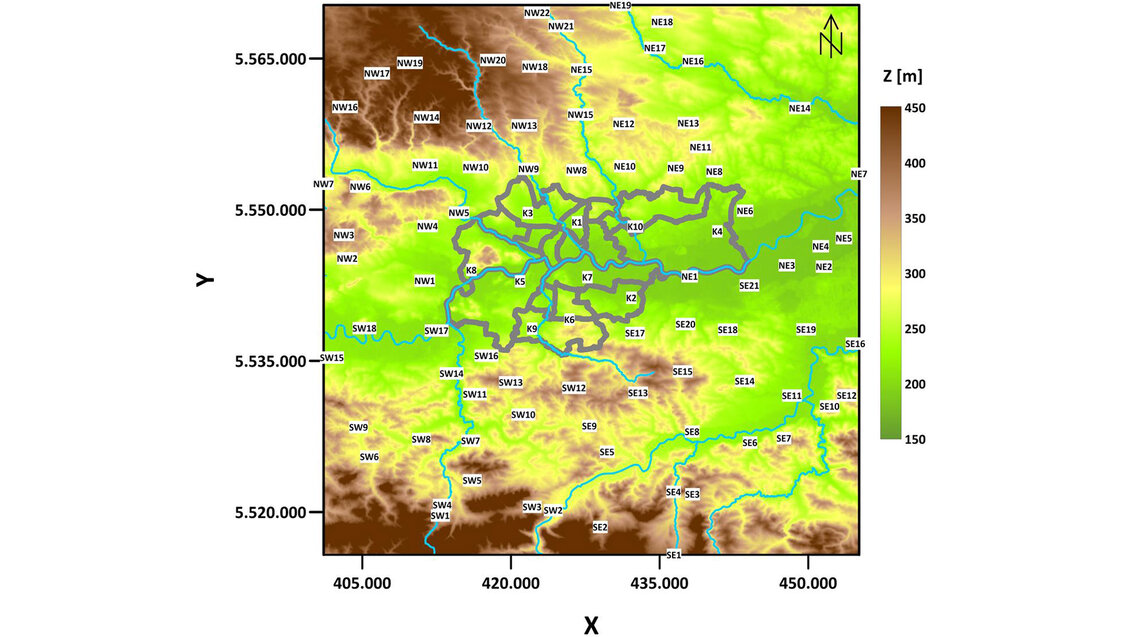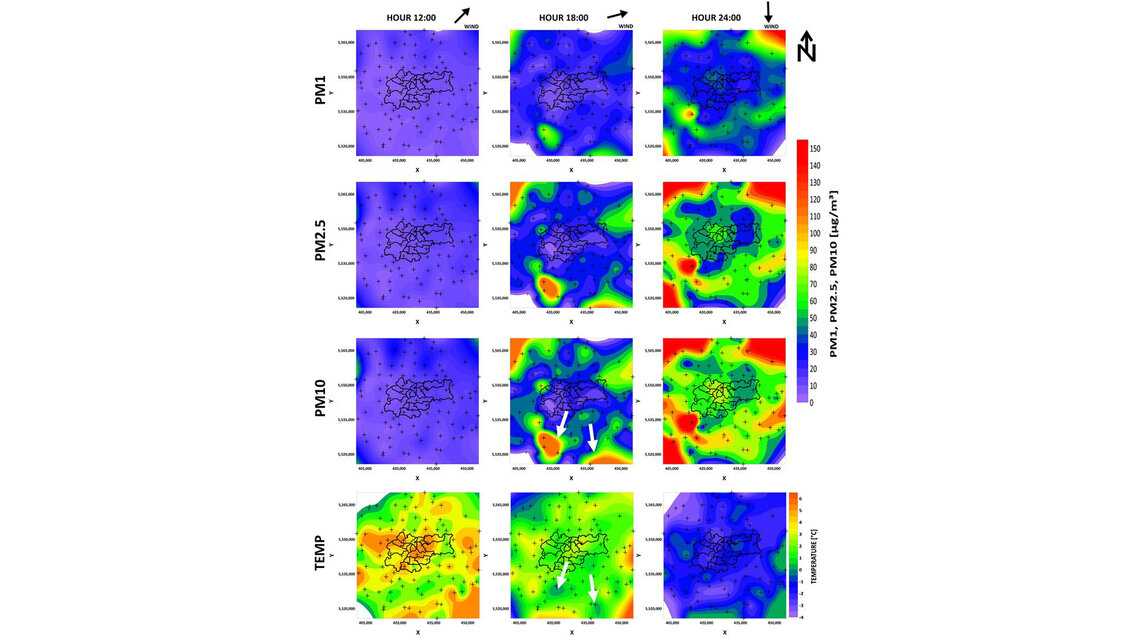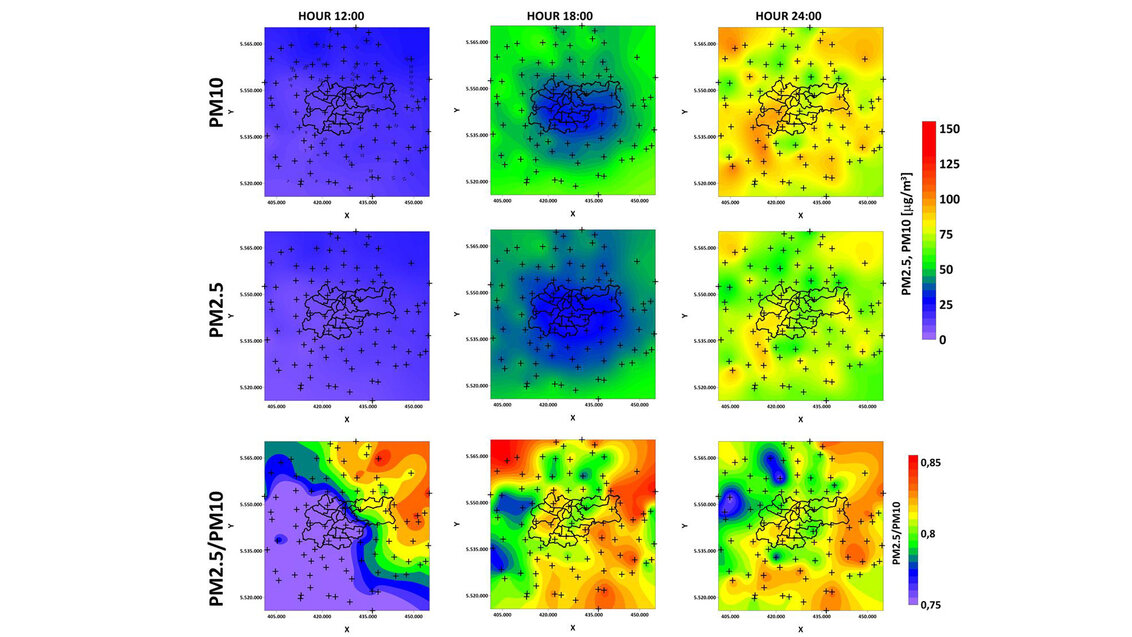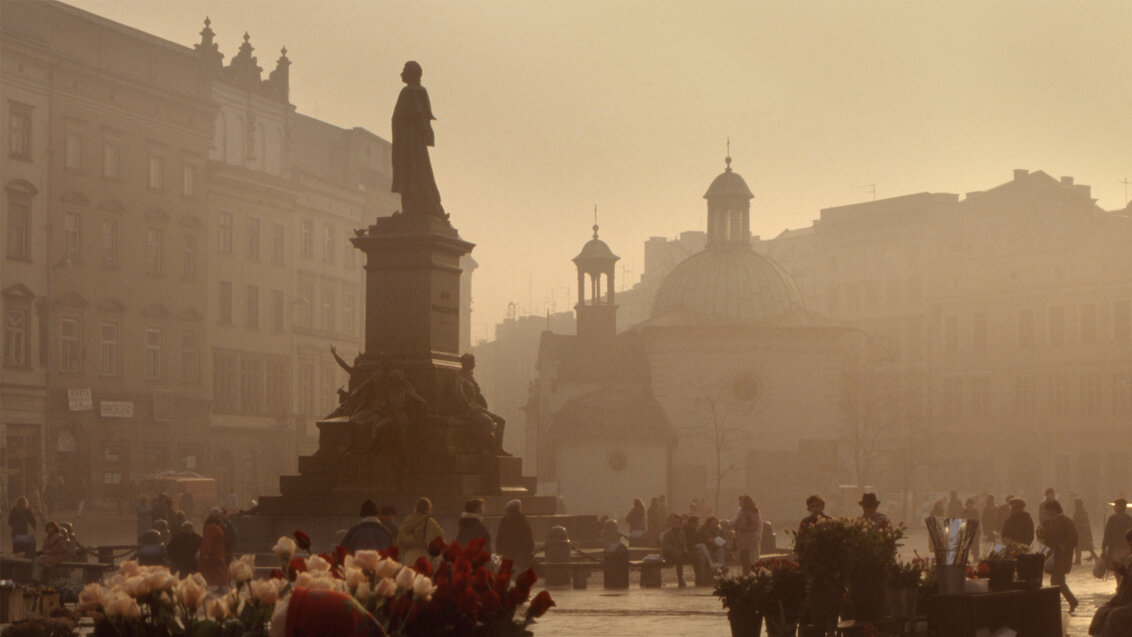Which meteorological factors determine the inflow and lingering of smog in Krakow? What is the role of topography? Does the pollution produced during the heating season come mainly from Krakow or the neighbouring towns? These are some key questions asked by scientists from AGH University of Science and Technology in Krakow. The answers to them have been found in research projects carried out during the COVID-19 pandemic. The results were published in one of the most frequently cited journals in the world, "Scientific Reports".
In the investigations carried out during the pandemic, scientists from the Faculty of Geology, Geophysics, and Environmental Protection have collected data from several dozen sensors scattered across Krakow and neighbouring towns. The most significant conclusions of the research pertain to the unambiguous connection between Krakow’s topographic location and the air pollution that, to a large extent, flows from neighbouring communes.
‘In our studies, we’ve applied a comprehensive geostatistical approach to spatio-temporal analysis of particulate matter (PM) concentrations. The data have been collected by a dense network of Airly sensors and reference measuring stations of the Chief Inspectorate Of Environmental Protection. The results point to a relationship between topography, meteorological variables, and PM concentrations. The two main factors include the speed of the windand the lie of the land. Studying the PM2.5/PM10 ratio allowed us to extensively analyse spatial pollution migration, including the variety of its sources. These investigations have demonstrated that the unfavourable location of Krakow makes the city susceptible to the accumulation of pollutants from neighbouring communes. The chief source of air pollution within the studied period was out-of-city heating using solid fuels’, ephasises Dr Mateusz Zaręba from the research team investigating pollution. The pandemic has provided the scientists with unique conditions to observe the influence of solid fuel heating on PM concentrations due to the reduced levels of transport pollution.
Krakow’s topographic map with locations of the Airly sensors, district boundaries, and main rivers of the city; image by the AGH UST


Temperature, PM1, PM2.5, and PM10 maps of Krakow on March 18, 2020; image by the AGH UST
Standardised GWR model of PM10 and PM2.5 (plus their ratios) flowing into Krakow (based on the analysis of meteorological and topographic factors); image by the AGH UST


 Pre-election meeting with a candidate for the position of rector
Pre-election meeting with a candidate for the position of rector  Agreement on cooperation with OPAL-RT
Agreement on cooperation with OPAL-RT  Krakow DIANA Accelerator consortium members with an agreement
Krakow DIANA Accelerator consortium members with an agreement  Meeting with the Consul General of Germany
Meeting with the Consul General of Germany  More Academic Sports Championships finals with medals for our students
More Academic Sports Championships finals with medals for our students  Launch of AGH University Student Construction Centre
Launch of AGH University Student Construction Centre  Bronze for our swimmers at Academic Championships
Bronze for our swimmers at Academic Championships  Smart mountains. AGH University scholar develops an intelligent mountain rescue aid system
Smart mountains. AGH University scholar develops an intelligent mountain rescue aid system